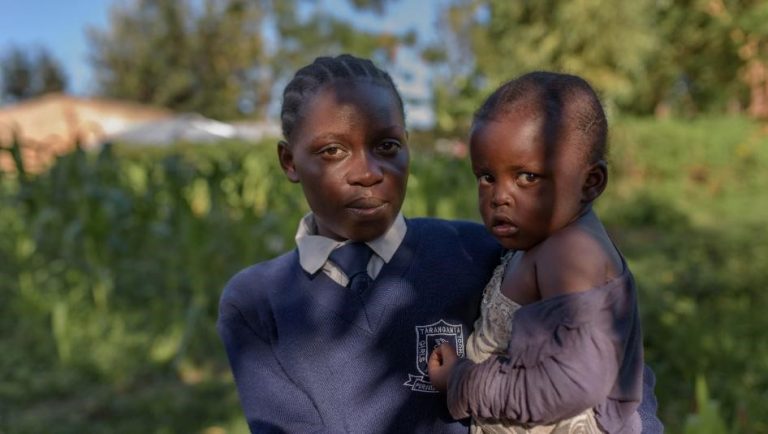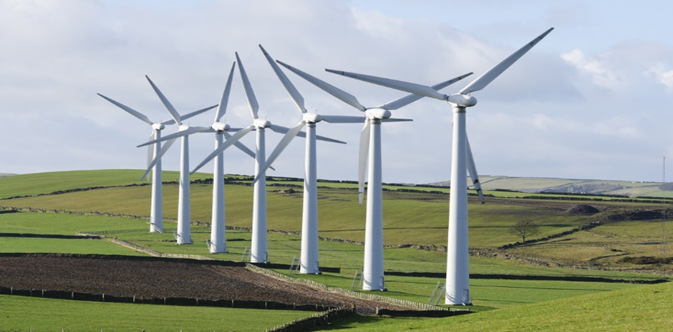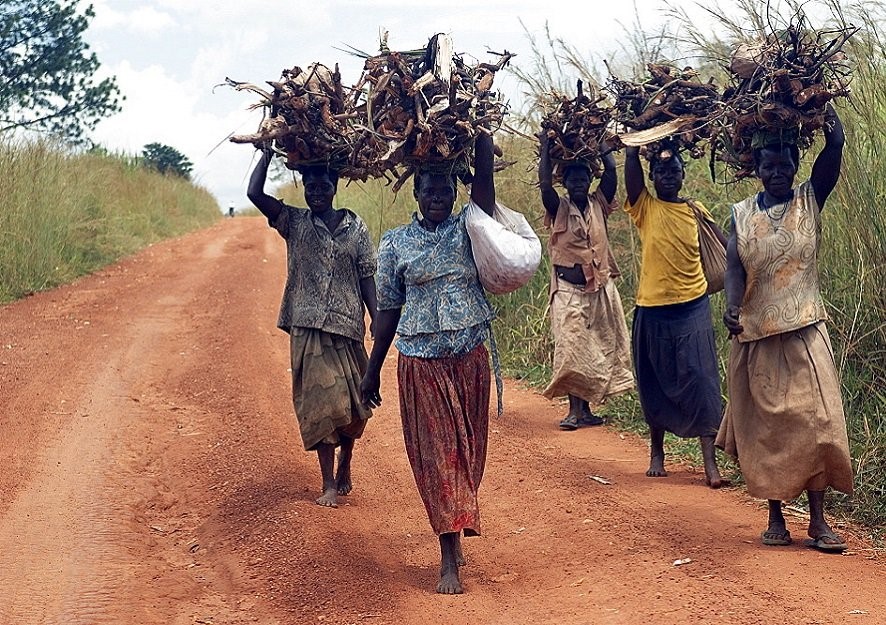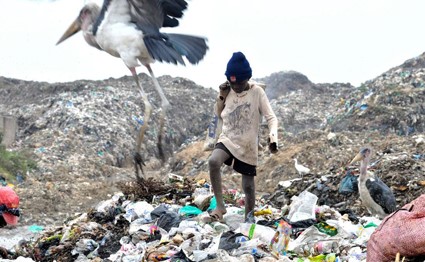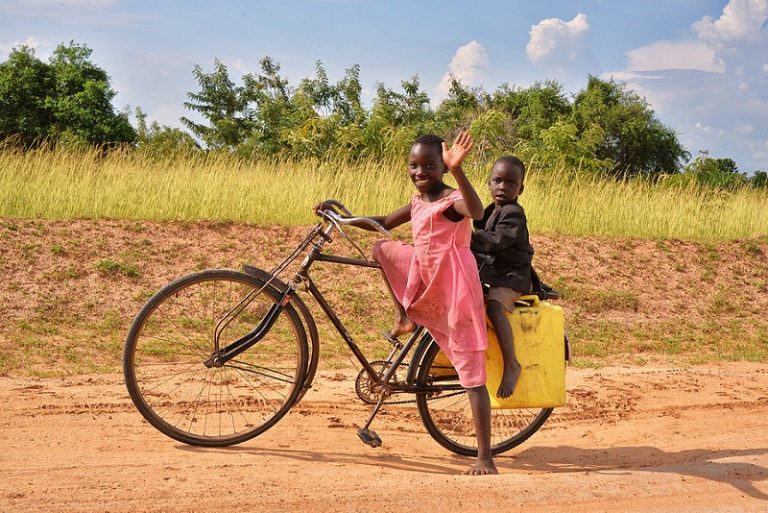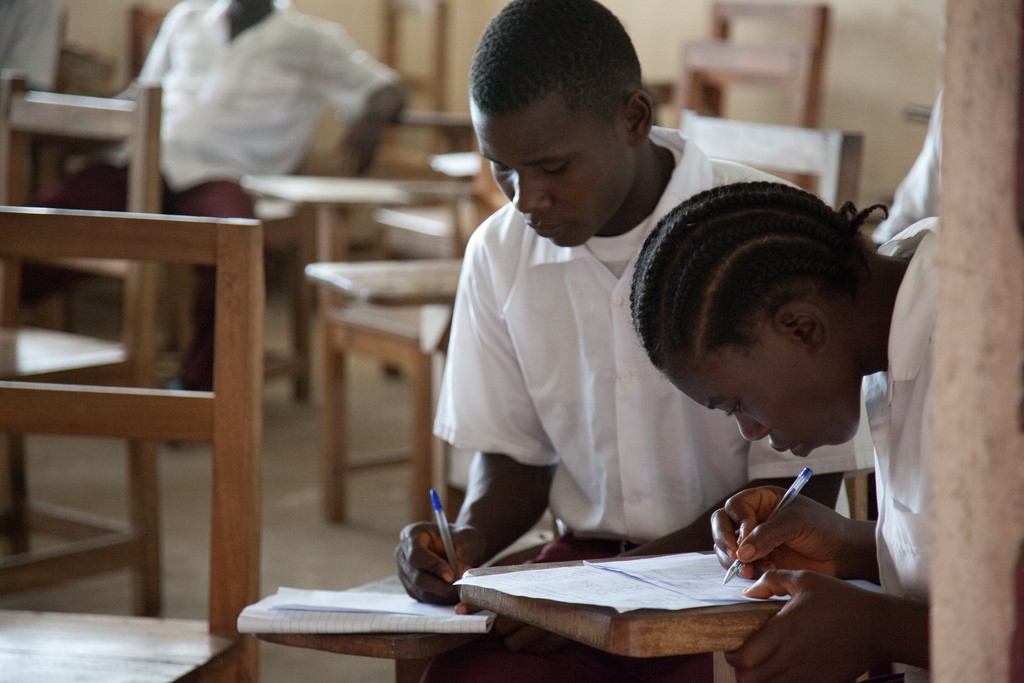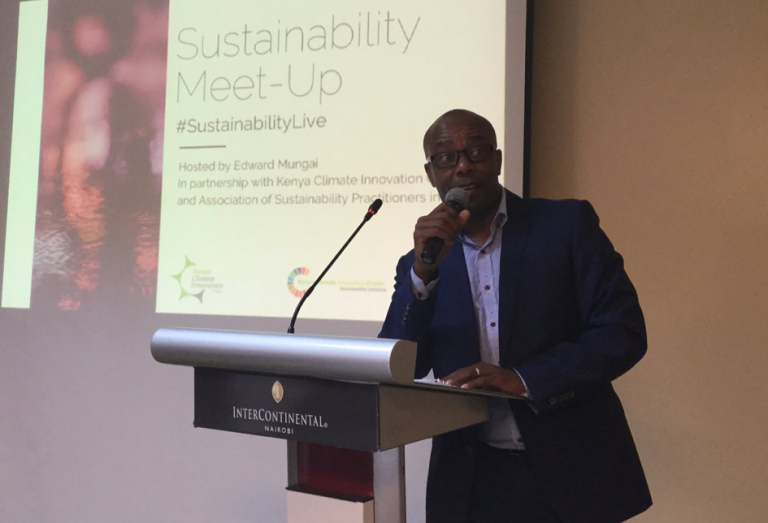As a teenager sex education was an alien topic. No one talked about it and reproductive health was only in the curriculum to aid in exam excellence purposes. All we knew was that sex before marriage was an abomination. However, teenage pregnancy has been so rampant in Kenya. Statistics from the United Nations populations fund (UNFPA) gave an indication that between the month of June 2016 and July 2017, 378,397 adolescents in the country got pregnant. The teenage girls in Kenya were aged ten to nineteen. Numerous studies conducted indicate that most teenagers are already sexually active. These girls have no intention of getting pregnant despite engaging in sexual activities.
This poses huge costs to the health sector and it is also a sign of the death of potential in changing the poverty situation in the country. A majority of teenage girls in the country fail to sit for their national examinations as a result of pregnancy. This topic has been swept under the rags and continues to affect us directly and indirectly.
Nandi County has the highest number of teenage pregnancies with forty percent of its teenage girls becoming pregnant. It is succeeded by HomaBay which has thirty-three percent of teenage pregnancies and West Pokot at twenty-nine percent. Given that most of them come from poor families, their dreams of changing these situations remain futile as they cannot continue with their education.
Most people believe that girls from poor families engage in “transactional” sex so as to meet basic needs. Others put the blame on the absenteeism of the parents hence lack of guidance from the family level. Due to the rise in the use of technology and the internet most are also exposed to a lot of information which leads to curiosity and hence teenage pregnancies. Some teenagers are taken advantage of. We have seen a number of cases where a teacher takes advantage of his students. In addition to that, most teenage girls are “mature enough” and consent to sex.

Complications that arise during pregnancies fall in second as the causes of death to girls aged fifteen to nineteen. Given the pre-existing poverty conditions in a majority of these girl’s homes, health care costs become a burden for most to deal with. Children who are born tend to have problems in cognitive and physical development. The end result is a continued cycle of poverty that weakens the social and economic development as it causes more strain to the already struggling medical service sector in the country.
The overall effect of teenage pregnancies is a continued cycle of poverty. Most of these girls are already living in poverty-stricken conditions. Given that they turn to care, givers, they start thinking of making ends meet. Picture a scenario where a teenage girl gets pregnant, turns to a caregiver barely meeting the basic needs. Chances are the child she raises will live in the same poverty conditions and the trend is likely to continue.
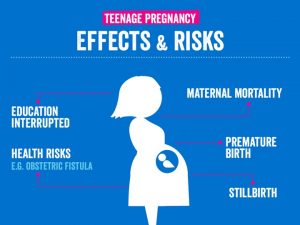
Most of these girls lack knowledge of sexual knowledge. In countries where rights to health education are given a chance to manifest, the rate of fertility is lower hence a controllable population. Timing and the number of children one desire lies in a person’s decision once they are educated about sex.
Girls who have completed their education at the secondary level tend to have an average of three children in a lifetime as compared to an average of 6.5 for those without an education. This is according to Kenya Demographic and health survey in 2014.
Efforts to reduce these teenage pregnancies need to be exercised. This can be done through health and sex education in schools. Parents should be engaged in talks from time to time and get advice on talking to their young teenage girls. Comprehensive programmes on behavior change as well as social and economic development should be integrated into the curriculums.
These efforts will prove futile if men and boys are not included. This is because some of them tend to undermine the value of women in society. This is evident as most teenage pregnant girls raise the child solely without the father of the child. They should be made aware of the social problems that arise as a result of these teenage pregnancies to the women and the country in general.
In achieving the sustainable development goal on healthy lives and promoting healthy living, reproductive rights and health are crucial. The United Nations has already partnered with the government, religious and civic groups to foresee reproductive and sexual health knowledge. Services such as counseling to the young people in relation to sex education are already underway.
Kenya launched a policy on adolescent sexual and reproductive health policy but firm and effective decisions are yet to be made to implement that policy. Until then, pregnancies will continue acting as a wrecking ball to the development agenda of the nation. This includes sustainable development goals. The society will continue to pay an economic and social price when these girls become pregnant. It is high time we had this conversation.
Related article: https://www.standardmedia.co.ke/article/2001303141/teenage-pregnancy-a-crisis-of-health-education-and-opportunity


